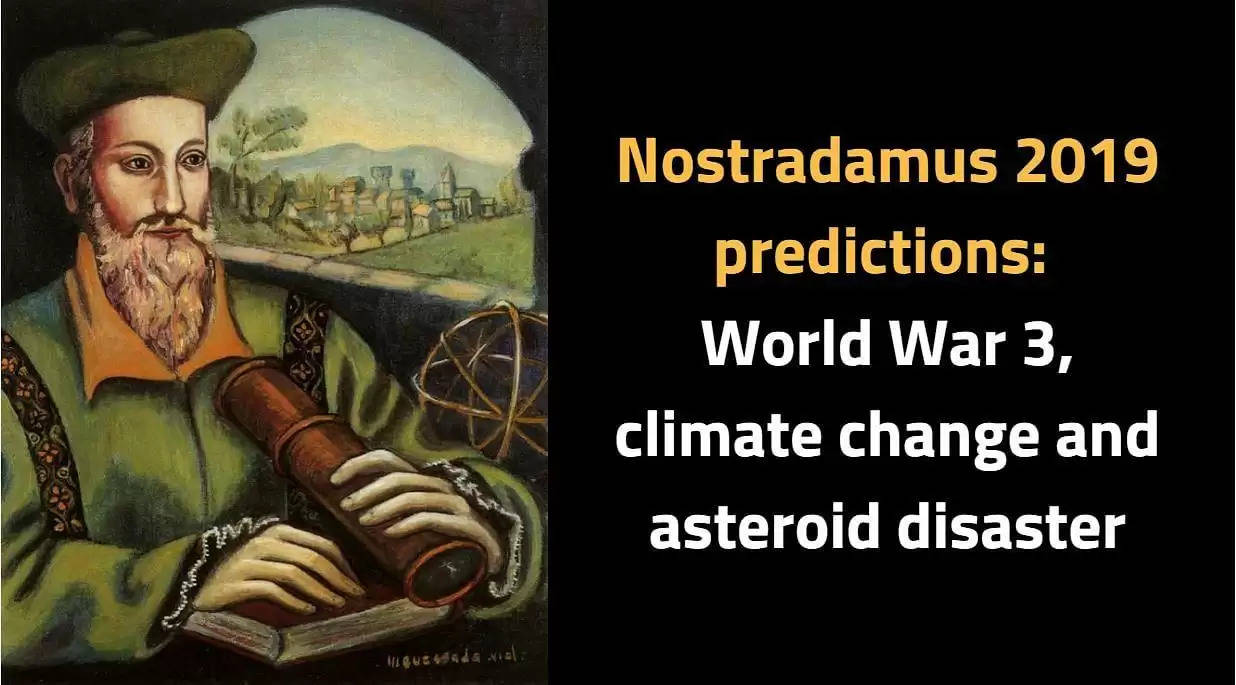Nostradamus’ Prophecies: Nostradamus World War 3
Nostradamus world war 3 – Michel de Nostredame, better known as Nostradamus, was a French physician and astrologer who lived in the 16th century. He is best known for his book Les Propheties, a collection of 942 quatrains that contain predictions about the future.
Nostradamus’ prophecies have been interpreted in many different ways over the centuries. Some people believe that they are accurate predictions of future events, while others believe that they are simply vague and ambiguous statements that can be interpreted to mean anything. However, there are a number of Nostradamus’ prophecies that have been remarkably accurate, such as his prediction of the Great Fire of London in 1666 and the rise of Napoleon Bonaparte in the 18th century.
Famous Prophecies
Some of the most famous prophecies attributed to Nostradamus include:
- The death of King Henry II of France in a jousting accident
- The rise of Adolf Hitler and the Nazi Party
- The assassination of John F. Kennedy
- The 9/11 attacks
These prophecies have been interpreted in many different ways, and there is no consensus on their meaning. However, they continue to fascinate people around the world, and they remain a testament to the power of Nostradamus’ legacy.
Nostradamus and World War III

Nostradamus, the renowned French astrologer and seer, has been the subject of much fascination and speculation, particularly regarding his supposed predictions of future events. Among the many prophecies attributed to him, several have been linked to the possibility of a devastating global conflict, known as World War III.
Prophecies Associated with World War III
One of the most well-known prophecies associated with World War III is quatrain 2.26:
“Two brothers, torn apart by the flood,
One will fall, the other will stand firm.
The great one will be dragged off,
Chains on his feet, captive in a foreign land.”
This quatrain has been interpreted by some to refer to a conflict between two major powers, with one suffering a significant defeat and the other emerging victorious. The “great one” mentioned in the quatrain could potentially represent a powerful leader or nation.
Another quatrain, 10.72, also mentions a “great war” that will bring about widespread destruction:
“In the year of the great seventh number,
After the great war has raged for twenty-seven years,
The three great powers will be in conflict,
And the people will be decimated.”
This quatrain suggests that a major war could begin in the year 2025 (the “great seventh number” being 7 multiplied by 29) and last for approximately 27 years, resulting in significant casualties.
Evidence and Interpretations
While these prophecies have been linked to the possibility of World War III, it is important to note that Nostradamus’ writings are often ambiguous and open to multiple interpretations. The specific events and timelines mentioned in his quatrains are not always clear, and there is no definitive consensus among scholars regarding their exact meaning.
Furthermore, it is crucial to consider the historical context in which Nostradamus lived. He wrote his prophecies during the 16th century, a time of great political and religious upheaval in Europe. His writings may have been influenced by the wars and conflicts that were prevalent during his lifetime, as well as by his own personal beliefs and experiences.
Contemporary Relevance of Nostradamus

Nostradamus’ prophecies continue to fascinate people today due to their enigmatic nature and the allure of predicting future events. His work taps into our inherent desire for certainty and understanding in an uncertain world.
Psychological Factors
- Confirmation bias: People tend to seek out information that confirms their existing beliefs, making Nostradamus’ prophecies appealing to those who believe in the power of prediction.
- Apophenia: The human tendency to perceive patterns in random data can lead people to see connections and meanings in Nostradamus’ vague and open-ended predictions.
- Superstition: Belief in the supernatural and the influence of unseen forces can contribute to the appeal of Nostradamus’ prophecies, as they often reference cosmic events and celestial bodies.
Cultural Factors, Nostradamus world war 3
- Historical significance: Nostradamus lived during a turbulent period in history, and his prophecies have been associated with major events such as the French Revolution and the rise of Napoleon Bonaparte.
- Literary merit: Nostradamus’ writings are often praised for their poetic and enigmatic style, which adds to their allure and makes them accessible to a wider audience.
- Media exposure: Nostradamus’ prophecies have been featured in numerous books, films, and television shows, which has helped to keep his work in the public consciousness.
Influence on Popular Culture
Nostradamus’ predictions have influenced popular culture in various ways, including:
- Literature: His work has inspired novels, plays, and poems, such as “The Name of the Rose” by Umberto Eco and “The Nostradamus Code” by Robert Ludlum.
- Film: Nostradamus has been featured in films such as “The Man Who Saw Tomorrow” (1981) and “Prophecy” (1979).
- Television: His prophecies have been explored in documentaries and television series such as “The Nostradamus Effect” (2001) and “Ancient Aliens” (2010).